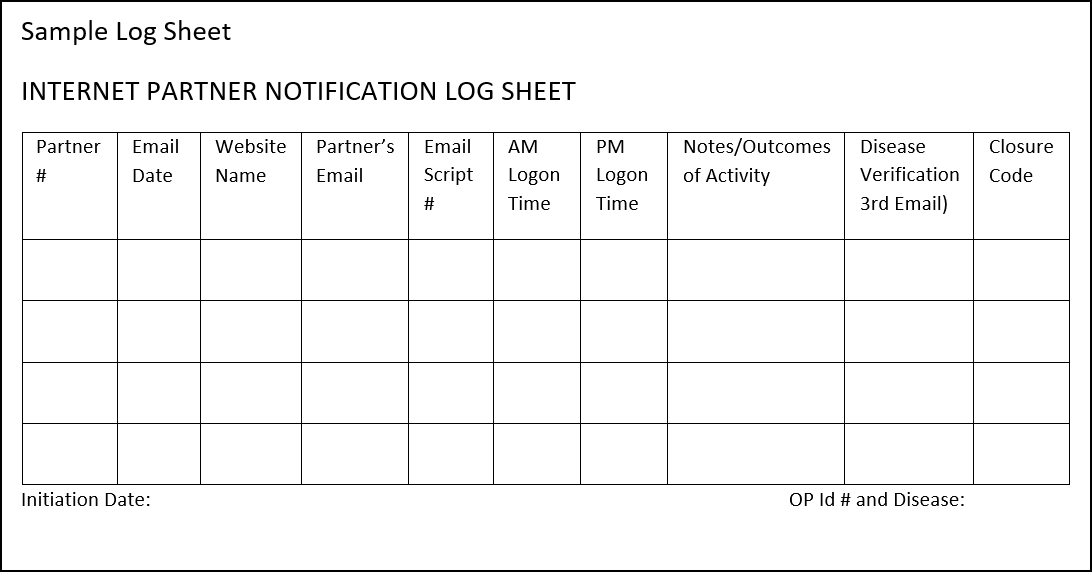What to know
Proper data management and evaluation are critical components of effective STD prevention and control. Data management includes documentation, storage, and extraction. There is not currently a standardized way to document and evaluate IPS efforts.
5.1 Documentation
Programs use different data management systems, and the information they collect varies widely. Developing documentation, data collection, and evaluation plans simultaneously helps to ensure that the right information is collected in order to monitor and evaluate an IPS program’s progress, quality, and effectiveness, and identify possible improvements to the program. Program activities that are not documented or evaluated present programmatic blind spots that are often undetected and unaddressed.
Internet partner services can create unique documentation issues. For example, marginal contacts may not be able to be entered into certain data management systems (e.g., PRISM) without a field record being initiated. Some programs have worked with their IT departments to create an additional field to capture marginal information.
Another common issue is maintaining an internet-initiated case throughout the investigation. Some data systems will overwrite internet information once traditional information is found. This prevents a program from determining how many cases started as internet-only cases and how many cases were able to be notified because of information gathered through online or app searches and investigations. When you lose internet-only status, it impacts a program's ability to evaluate IPS activities.
It is important that your program's data system allows for the collection and extraction of IPS data variables such as profile names and email addresses. With certain apps, there may be profiles that do not have a profile name if users are not required to provide one. Users may use emojis in lieu of words in their profile or screen names, and programs have to determine how best to capture these characters so that they can be searched within the database in the future. Southern Nevada Health District is developing a list of emojis with descriptive words for each so that they can be searched (e.g., :) = happy face). Marginal information should be documented in a program's data management system.
Below is an example of an IPS documentation form.
Sample log sheet

See Appendix G and Appendix H for additional samples of documentation logs and Appendix I for examples of documentation procedures.
